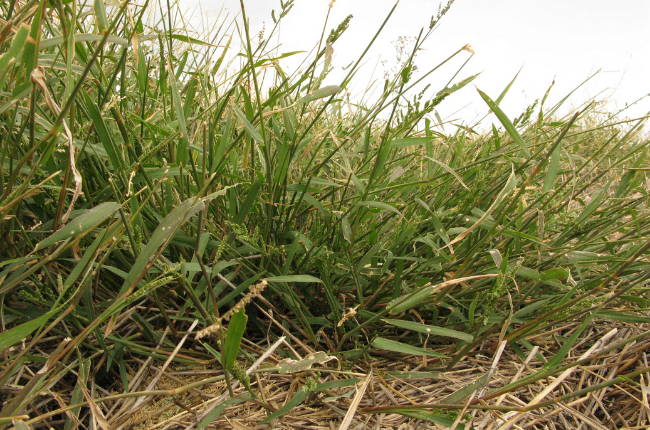While Australia’s devastating bushfires make international headlines, our grassfires often go underreported. Yet they can be just as devastating to townships. This is because bushfires typically happen in remote, dispersed communities, whereas grassfires take hold in and around highly populated, built-up areas.
As we head toward what’s predicted to be the worst grassfire season in 30 years, it’s important our Member councils in grassfire-prone areas rigorously prepare their public assets.
Regional Risk Manager Damien Connell talks us through the steps councils need to take.
An unprecedented season approaches
Grassfires are typically of most concern to Member councils located west of the Great Divide. Depending on where you live in this area, it’s likely you’ve been experiencing drought over the last three to five years.
But suddenly, the skies have opened. We’ve had exceptional rainfall from autumn right through winter – approximately 20% higher than average.
Why is this a concern?
Because unlike bushfires, grassfires rely on seasonal growth. And throughout 2020 we’ve seen a tremendous amount of grass growth thanks to all this rain.
So if your council is in an at-risk region, now’s the time to start your seasonal pre-planning with your bushfire coordinating committee.
1: Assess your built-up assets
The first step is making sure all critical infrastructure is on your insurance schedule.
Once you’ve determined which assets to insure, it’s important to go out and physically assess them – while also considering any assets you might have decided not to insure.
After inspecting your assets and their protection zones:
- Document a risk assessment on the potential impact of a fire to those facilities
- Put an ongoing plan in place to manage and reduce the grass/fuel hazards for the entire season
2: Assess your waste facilities
Ground landfills, where waste is dumped into the ground and covered, present a real fire hazard. Grass can be a readily available fuel to ignite landfills, so it’s important they’re treated with the same diligence as any other asset.
This means you need to physically assess the facility, document the risk – and formulate a plan to reduce fuel loads.
Don’t let your waste facility become an expensive accident
3: Assess roadside verges
Roadside verges can often be overlooked when councils conduct their risk assessments.
While these strips of land are usually well tended and beautifully presented in city centres, once you travel 5km out of the main town centre, it’s a different story. It’s common to see grass as high as the white roadside posts.
While it can be very expensive to slash and maintain these areas, they pose a significant threat – so they shouldn’t be neglected.
Ensure your bushfire coordinating committee identifies any roadside verge areas that are in priority hazard reduction zones.
4: Access funding
If your council needs extra support to cover the costs of hazard reduction, there is funding available through the Rural Fire Services (RFS).
To find out more about this this funding, contact your RFS District Fire Office.
5: Read up on new recommendations
Following the 2019-2020 summer bushfires, the NSW Bushfire Inquiry has been released, detailing 76 recommendations for reducing risk.
Around a quarter of these recommendations relate to local government.
We highly recommend all our Members read this report and note the implications to their local government and council.
Need further help?
For help with your risk assessments and planning, your bushfire coordinating committee, RFS and Resilience NSW will be your first port of call.
Your Regional Risk Manager at Statewide is also available to help you through this process.
About Damien
Damien has a long history working in emergency management and asset protection. Before joining Statewide, he spent several years in local government working as a Local Emergency Management Officer. He has volunteered with the NSW and Victorian firefighting services for the past 35 years – and also understands asset protection firsthand, owning a 600-acre farm in the Riverina Murray.

